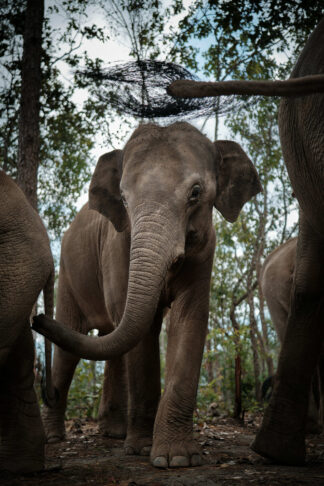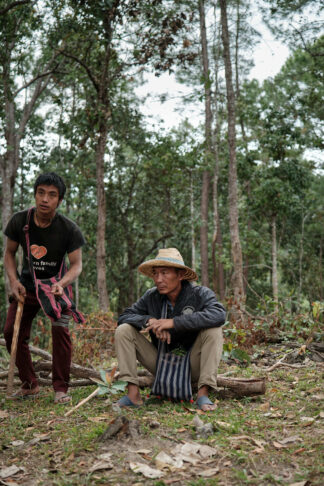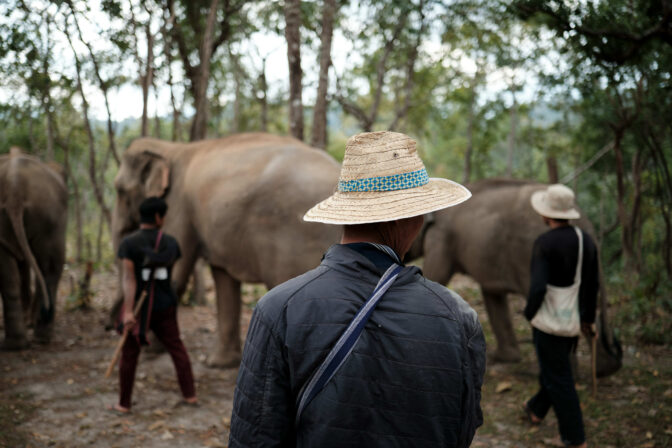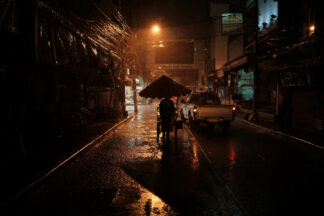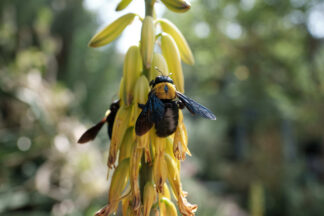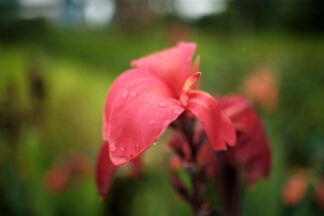Fuji 23mm f1.4 review
The latest Fuji 23mm is bigger, heavier and more expensive than the other 23mm offerings from Fujifilm. Is is worth it? After a year of use I have an answer.
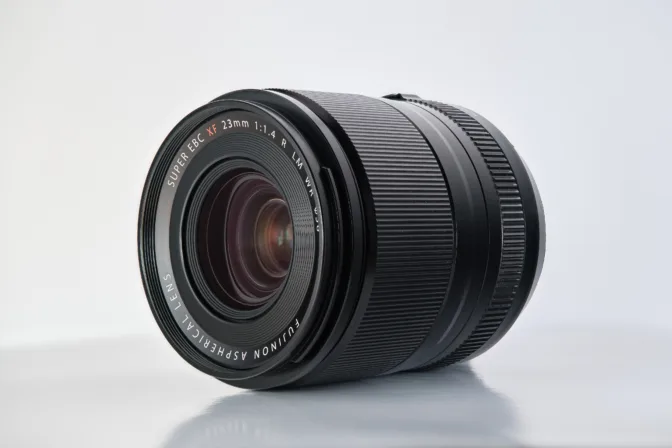
Intro
I’ve owned and used the two other variations of Fuji 23mm prime lenses. The XF 23mm f/1.4 was the better of the two with regard to image quality but lacked the weather sealing, faster autofocus and updated construction of the newer XF 23mm f/2. The newer f/2 lens was a good performer for its size and weight but I never quite got on with it because it seemed to have a wider field-of-view than the f/1.4 and exhibited softness/ghosting when shooting close up (not insurmountable problems but enough to detract from the experience of using it).
The new Fuji 23mm f1.4 marries the best of both, bringing faster-focusing linear-motors, weather-sealing and an improved optical design but at the cost of size, weight and price.
Fuji 23mm f1.4 sample images #
Included below is a small selection of sample images. View all Fuji 23mm f1.4 sample images in the gallery.
Weather sealing #
The latest Fuji 23mm lens is weather-sealed in 11 places, helping to prevent dust and moisture entering the lens barrel. It can also be used in temperatures as low as -10°C. Over the past year of use the lens has held up well in all conditions and shows no signs of water or dust ingress.
Minimum focus distance #
The Fuji 23mm f/1.4 R WR has a minimum working distance of 19cm resulting in a maximum magnification of 0.2x (equivalent to approx. 0.3x in the 35mm format). The only other prime lenses that beat that are the macro primes.
In practical use, you can get very very close to subjects. Most importantly image quality doesn’t suffer at closer distances even when shooting wide open, unlike the XF 23mm f/2.
Sharpness, distortion, vignetting etc #
Sharpness
Not only is the Fuji 23mm lens very sharp but the corners are almost as good as the center straight from f/1.4. The lens is very close to optimal performance across the frame when wide open, making it incredibly versatile. It may be this consistency across the frame that make images produced by this lens (and the other 2nd gen primes) look so pleasing.
Distortion
There is noticeable barrel distortion in raw files without corrections applied. In-camera corrections handle it well and the distortion is not obvious in JPEG files. The manufacturer profile in Capture One also does a good job of hiding it. In day-to-day use, I have not noticed it due to the automatic corrections.
Vignette
A vignette is visible throughout the aperture range in un-corrected images, decreasing gradually as you stop down. Thankfully it is not significant enough to degrade image quality when corrected.
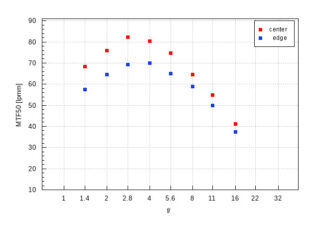 View this image larger
View this image larger
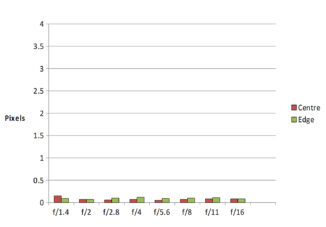 View this image larger
View this image larger
The lens consists of 15 lens elements in 10 groups, including two aspherical elements and three ED elements, to effectively minimize chromatic aberration and spherical aberration. High resolution capabilities, improved from that of the previous model, captures the finest details of a photo subject in edge-to-edge sharpness.
Autofocus #
Much like the optical quality, the autofocus performance of this lens feels like a leap forward. Driven by a linear motor, the lens is able to move the lens group fast enough to attain focus in 0.04 seconds when combined with newer bodies. The motor is near silent and makes smoother focus shifts than previous generations. In my experience using it with both the X-T4 and X-H2s, the lens is quicker to focus than older Fuji primes and more accurate when it does.
Size, weight and cost #
These are the three factors which will deter someone from choosing this lens over other 23mm lens options. It is undeniably bigger, heavier and more expensive than the other offerings but in this instance I think it’s worth it. If absolute image quality is the goal, no matter how or where you use it, this lens makes sense. The lens balances nicely on the X-T# and X-H bodies but it may be a little large for the X-E and X-T## bodies though I have not personally tried this combination. If you prioritise size and weight or are only going to shoot at f/5.6-8, the XF 23mm f/2 might be a better choice.
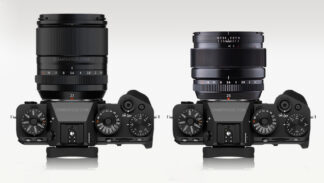 View this image larger
View this image larger
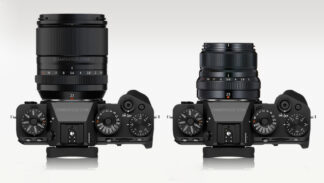 View this image larger
View this image larger
Final thoughts on the Fuji 23mm f1.4 #
This is the first 23mm lens from Fuji that doesn’t feel like a compromise in one way or another. Yes it is expensive, but after owning it for a year it stills feels worth it. It doesn’t matter what aperture or distance you shoot it at, or the conditions you shoot in, this lens delivers pleasing images.
The new generation of primes (18, 23, 33, 56mm) really are in a league of their own, so much so that I can see a noticeable difference alongside images from older lenses. I think it might be time to try the other primes!
More Fujifilm articles
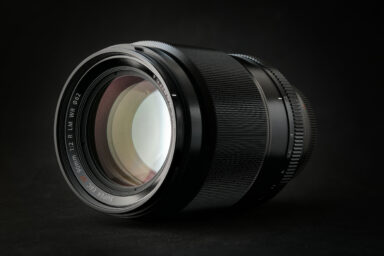
Fuji 90mm f2 field test
Field testing the Fuji 90mm f2 in the Cairngorms National Park, Scotland.
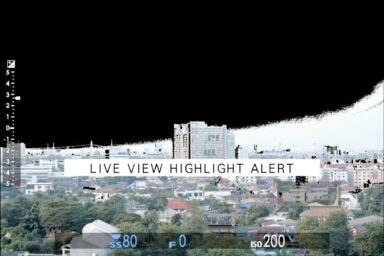
Live View Highlight Alert and Exposing to the Right
Live View Highlight Alert shows when highlights are clipping by flashing the overexposed area black…
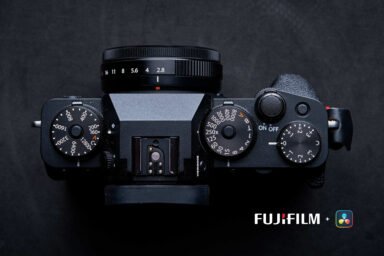
Fujifilm metadata in DaVinci Resolve
Quickly see what lens, exposure and settings were used for each Fujifilm clip within DaVinci Resolv…
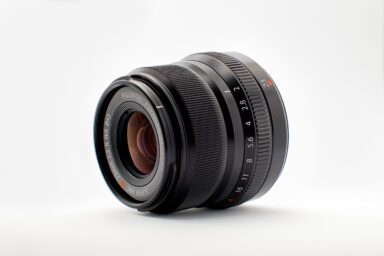
Focus stacking with Fuji cameras
A concise overview of how to use Fujifilm's in-camera focus bracketing feature with example images.…

Classic Negative film simulation
Testing the new Classic Negative film simulation, comparing it to Classic Chrome and finding a way …

Fuji's Natural Live View
Fuji's Natural Live View explained. What is it? And why would you use it?






